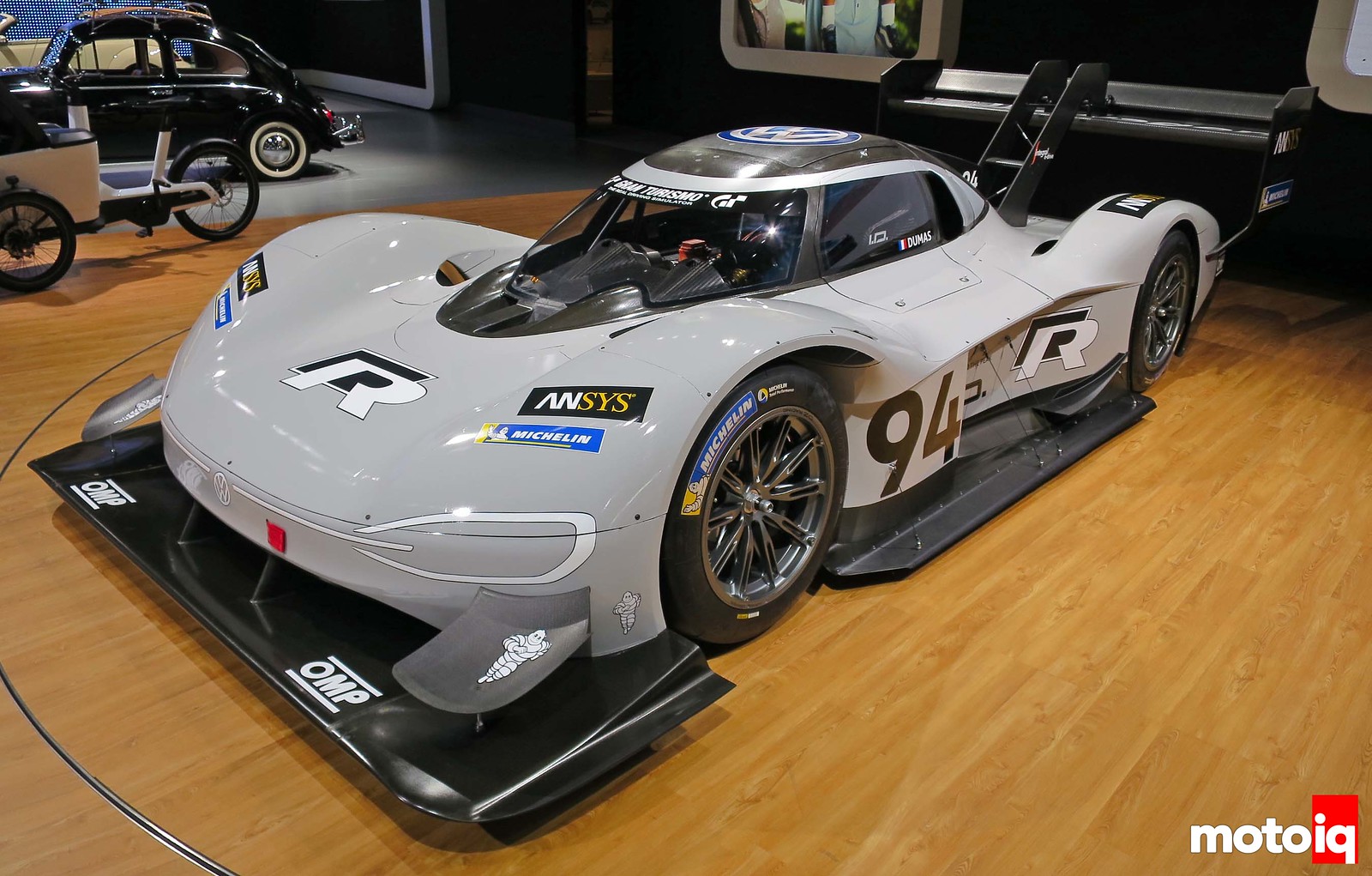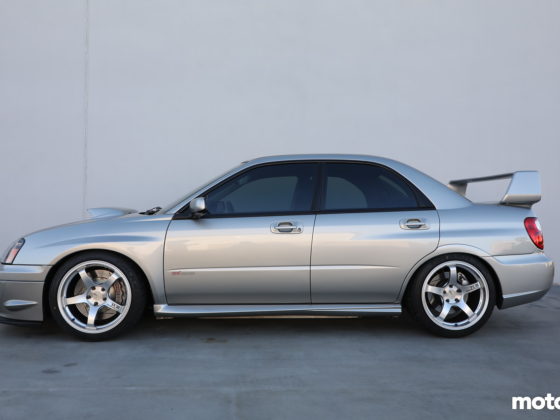
This is the fuel tank on the F-150. Get used to seeing nylon fuel lines everywhere.

A heat shield protects the spare tire from damage from the heat coming off the exhaust. Once upon a time, maybe a spare tire popped or the rubber just degraded from the heat.

The nylon fuel hose is PA9T compound in 12.50mm diameter and made on Nov. 23, 2015, at 07:14 from the looks of it.

A couple of plastic loom separators help clean up the spaghetti of fluid and electrical lines around the rear axle.

Rivian is the new big name in the EV revolution. They made a smart play and are attacking the truck market where there is minimal competition. While Audi, Jag, Porsche, etc have to battle Tesla, Rivian basically has the big truck market to themselves at this point. Ford did just announced they are making an EV F150, but who knows how far along they are. I seem to recall Tesla is launching a truck at some point, but there’s also the semi-truck and roadster they have launch first. So Rivian could be the first to market with a truck at reasonable volumes. On the same truck platform is this SUV design.




13 comments
The planks on the Volkswagen: Side splitters. In principe the same as a front splitter, but less affective. Weight on top is higher then below, so downforce. And it prevents spillage of air out of the sides from under the car. And air entering onder the car from the sides.
As for the rear suspension: I have to see a wider angle as a reference to understand what I’m looking at?
the shape at the front of the tunnels looks weird.
There’s a round part in the body work that looks like half a wheel of cheese, in front of the rear suspension.
I’m actually thinking thats just soms weird glare or optical illusion? Because otherwise that looking like a surreal drawing or something like You see on the Esscherdrawings?
It’s an optical illusion. I Just blew it up on my monitor. Your mind is tricking you to see a convex shape, but it’s actually concave. Look at the other side: You won’t have that illusion on that side. It’s al down to the glare on.
Belt drives on e-bikes are the way forward. In addition to a quiet ride and next-to-zero maintenance, we are getting a minimum of 3x the life of a chain when paired with an electric motor.
I would agreeon the belt drive, but the frame is compromised because it has to have a break in it in order to replace the belt. That may be okay with a commuter bike, but really sucks for any bikes where weight and stiffness is a priority. I am not sure you could even do it with a carbon bike.
I think it is a little strange that cars moved from belt drive to chain drive, and bikes went the other direction.
Belt drives on bikes are ideal for a city environment. They require no maintenance, they’re clean (because there’s no chain lube), they’re quieter, and they last longer than chains. The downside is you can’t use derailleurs, but an internal gear hub or electric power fixes that.
Odometer Gears make replacement gears that they claim are much stronger for the S65/S85 throttle bodies, so you don’t have to spend $2000 for new parts.
http://www.odometergears.com/products/BMW/3+Series+E92+06-13/160
Not surprised on the life advantage of belts vs chains on e-bikes. It’s comical how small my road bike chain is compared to the chain on my CBR600RR. I probably put out an average of 125W on the bicycle and the electric motors are putting out way more in the 250-350W range.
Glad to hear someone came out with better replacement gears for the BMW throttle bodies. Just wish BMW would have selected a better material to start with. But, yeah… BMW only designs their cars to last the lease period and then fall apart based on my observations.
Your observations are correct. I always hear people say that they ‘wish they had a German car. ‘ But very few people know how poor the reliability is. I worked at a Euro car shop for awhile, and we knew what was wrong with the BMW’s before the customers could tell us. Every week we got calls for coolant leaks. Of course, it was always the plastic coolant overflow tank. To add insult to injury, it was a $150 part.
I think that BMW may have invented planned obsolescence. They certainly have taken it to a new level. Perhaps BMWs should be called, The Ultimate Maintenance Nightmare.
Yup. On the first gen of the BMW 335s with the twin turbo N54, water pump with plastic impeller was guaranteed to fail around 60k miles. About $400 in parts to replace. Remember when Mercedes use to tout their reliability and cars making it to one million miles? I think those days ended in the late 80s.
Sorry to be a grammar nazi, but they are called ‘disc brakes, not ‘disk brakes.
I used to think that hydraulic disc brakes were totally unnecessary on a bike. But after I got my first pair, I upgraded all my bikes (at least, on the front.) I am now a firm believer that you can never have ‘too much braking power.’ Especially, on a bike.
BTW, the UCI took forever to approve disc brakes for road bikes. Personally, I think it is dangerous NOT to have disc brakes. Do you really want to race down epic hills with rim brakes?
Also, carbon fiber wheels have the WORST friction coefficient, which makes even worse in the wet. Not to mention the fact that you are slowly destroying your megabuck carbon fiber wheels with every single pull on the levers. Additionally, the disc brake wheels are much easier to swap out, in case of flats or rim damage. This feature alone could be the difference between winning and losing a race.
I fixed it 🙂 I just have Zipp 30 aluminum wheels, so no wearing of fancy carbon for me. Some day a long time from now when I get a new bike, I’ll make sure it has disc brakes. I bought my wife a road bike with disc brakes. And her bike gets to stay in the living room while mine has to be in the garage. I think I’m doing it wrong.